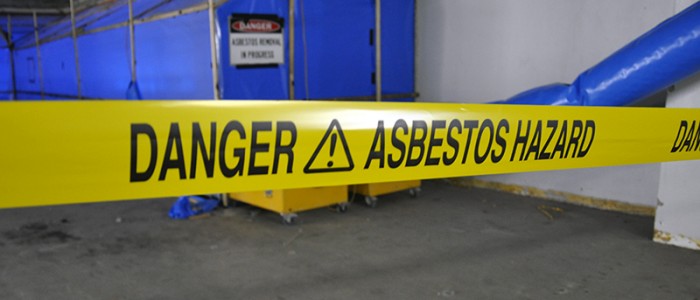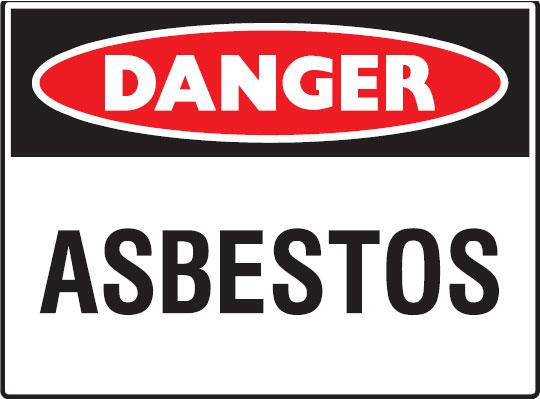Law
The dangers of working with asbestos
The mineral asbestos was frequently used in many different industries during the sixties and seventies, as it was a very cheap and versatile material. It was used in fireproofing, construction and many other kinds of work, up until medical professionals began to realise the dangers of working with it. Asbestos consists of millions of tiny fibres which when inhaled by a person, can lead to disease and death.
Despite the fact that asbestos was banned many years ago, exposure to it remains one of the leading causes of work related death in the United Kingdom and many people who have become ill are still seeking asbestos claims compensation. Over the course of the last three decades, it has claimed over fifty thousand lives. The effects of exposure to asbestos include Mesothelioma, asbestosis and lung cancer. These diseases usually take quite a few years to develop and whilst they tend to mostly affect those who have worked directly with the material itself, they can (and have) also affected workers that have come into contact with contaminated work clothes.

Asbestosis occurs after the fibres which have been inhaled end up getting trapped inside a person’s lungs. The body then attempts to dissolve these fibres through the production of an acid – unfortunately, this acid does not destroy the fibres, but instead ends up scarring the lung tissue to the point where the lungs are unable to work properly. Mesothelioma is a type of cancerous growth which occurs on the exterior lung tissue and is directly linked to asbestos. It usually develops about fifteen to thirty five years after exposure to asbestos. The third asbestos-linked disease, lung cancer, is something which most people are familiar with – this usually manifests itself about twenty years after exposure, although the time will vary from person to person.
Because no-one buys and uses asbestos today, the primary danger to workers today is when existing asbestos in a structure is disturbed by construction work. When this happens, the substance’s fibres become airborne (this is often known as ‘friable asbestos’) and the people in the nearby area will end up inhaling the material. As yet, there is no ‘safe’ level of asbestos exposure, however it is now understood that the longer one is exposed to the substance, the greater the risk that they will end up developing a disease which is related to asbestos.
 Medical professionals often liken the risks of asbestos exposure in the workplace to the risks associated with smoking cigarettes; the greater the amount of cigarettes one smokes, the greater the chance that they will develop lung cancer. Likewise, the more you are exposed to asbestos, the more chance you have of becoming ill as a result. This is why poisoning by asbestos is commonly referred to as an occupational hazard disease.
Medical professionals often liken the risks of asbestos exposure in the workplace to the risks associated with smoking cigarettes; the greater the amount of cigarettes one smokes, the greater the chance that they will develop lung cancer. Likewise, the more you are exposed to asbestos, the more chance you have of becoming ill as a result. This is why poisoning by asbestos is commonly referred to as an occupational hazard disease.
Anna Winters is a freelance writer whose work focuses on financial and health related news and topics. One of her most recent articles centred on the subject of asbestos claims compensation.
-

 Tech11 years ago
Tech11 years agoCreating An e-Commerce Website
-

 Tech11 years ago
Tech11 years agoDesign Template Guidelines For Mobile Apps
-

 Business6 years ago
Business6 years agoWhat Is AdsSupply? A Comprehensive Review
-

 Business10 years ago
Business10 years agoThe Key Types Of Brochure Printing Services
-

 Tech8 years ago
Tech8 years agoWhen To Send Your Bulk Messages?
-

 Tech5 years ago
Tech5 years ago5 Link Building Strategies You Can Apply For Local SEO
-

 Law5 years ago
Law5 years agoHow Can A Divorce Lawyer Help You Get Through Divorce?
-

 Home Improvement6 years ago
Home Improvement6 years agoHоw tо Kеер Antѕ Out оf Yоur Kitсhеn































